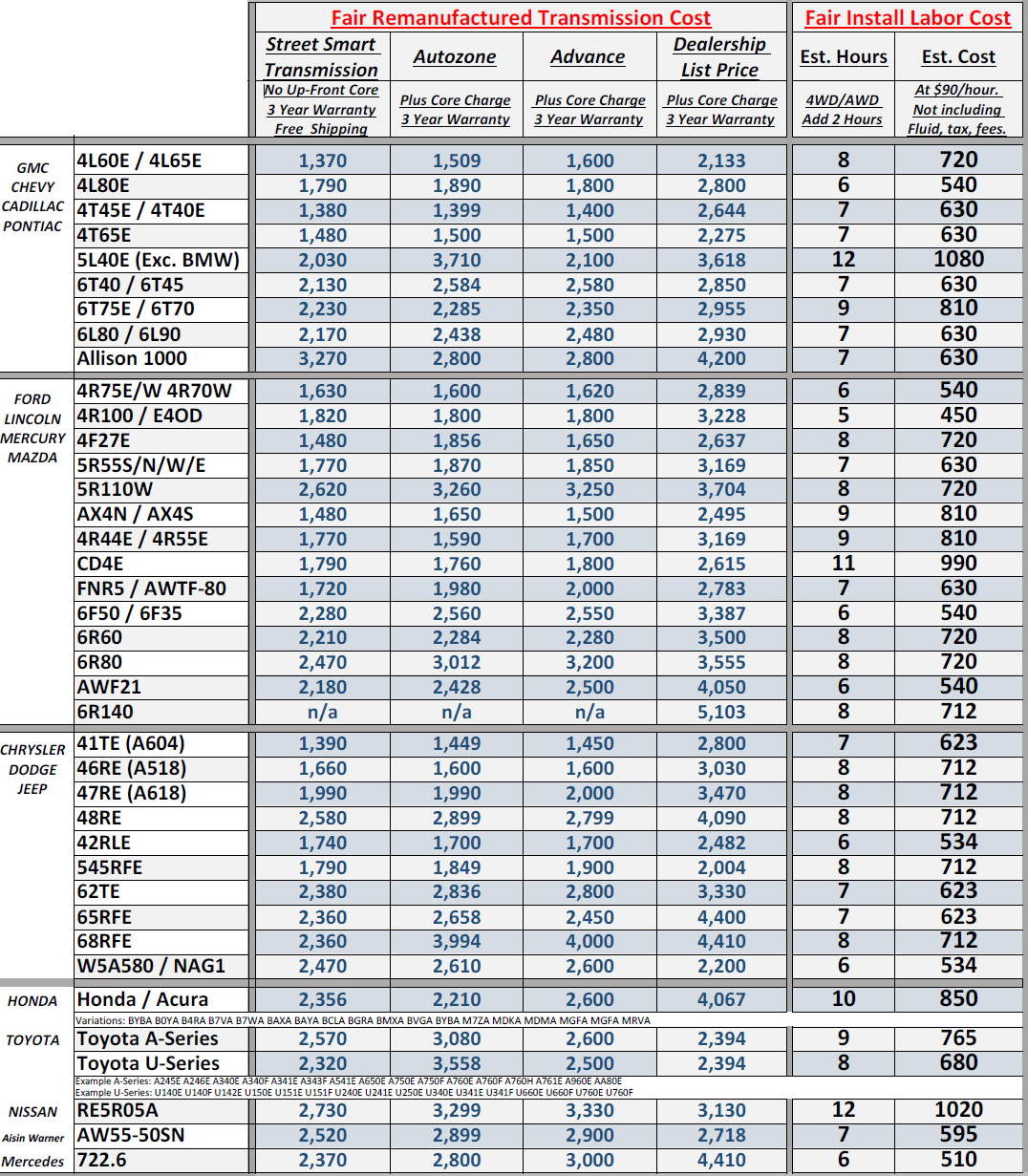I have to be honest with you and warn you that replacing reverse only with a kit is not the best way to go for a very simple reason. Once you put the new gearing in place, since it is not part of the original transmission, you are going to stress the forward gears (I think there were five in that particular year and model). The result will likely be the loss of one or more of the gears that are working right now.
Really, that’s not what you want. And, when you are finished replacing the gears that may be chewed up after the reverse kit is installed, you will find that you have replaced everything in the tranny case, anyway.
That would be all five forward gear and reverse. It is also likely that you will have to replace the clutch, clutch plate, throwout bearing, neutral-start switch, the pressure plate, as well as the friction plate and, perhaps, the synchronizers.
And, you know how this will all likely play out? It’s not that everything will fail at once. No, they will fail at different times so that you might have to make the same repairs over and over again, although you may get lucky and only have the specific gears fail. Total cost of this piecemeal approach is $200 or so for the gearing kit and parts and another $600 or so for labor (I’m assuming four hours of work billed at $143 per hour — rates do vary across the country, so I am using an average. That puts the total outlay at $4,000 ($800 X 5).
Now, doesn’t it make sense to use the replacement part you found? Let’s say you have the $700 replacement and you have to pay $200 in shipping. The total for the replacement — where you get everything done at once — $900, plus labor (we’ll call it a day at $143 or 8 X $143) or about $1,132.
If you can do the work yourself it’s even better because your only cost is the $900 for shipping and the device. Still, replacing the tranny and paying for a full day still saves you about $2,000. It’s substantial.

